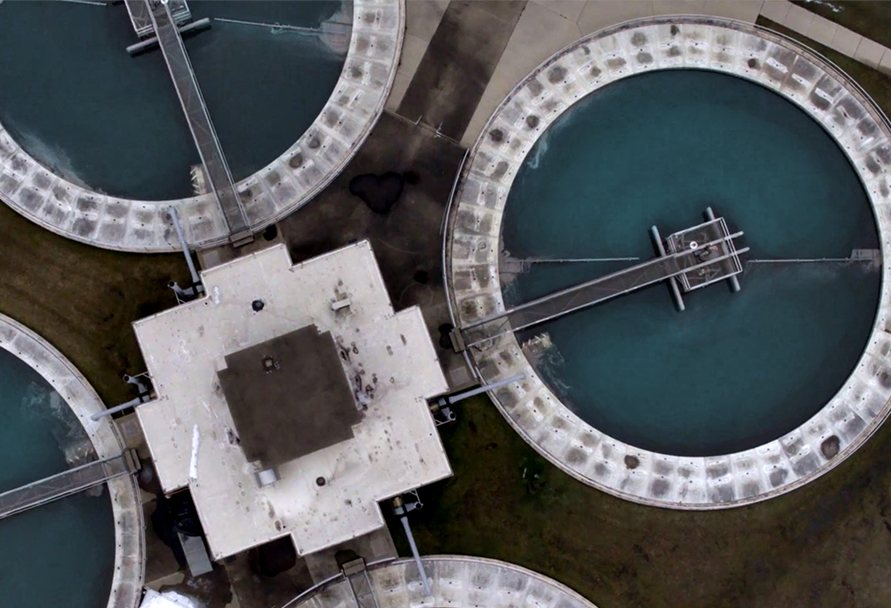
RAPID CITY, S.D. – July 1, 2021 – Every three years, Black Hills Energy conducts a comprehensive planning process on behalf of its electric utilities, Cheyenne Light, Fuel and Power and Black Hills Power, Inc., serving customers in Wyoming and western South Dakota. The 2021 Integrated Resource Plan (IRP), submitted yesterday to the Wyoming Public Service Commission, forecasts the energy resource requirements necessary to provide customers with the safe, reliable and cost-effective energy they depend on to power their homes and businesses.
“Our IRP provides a 20-year road map for meeting our customers’ long-term energy needs through a balanced mix of generation resources including coal, natural gas, wind, solar and battery storage,” said Marc Eyre, vice president of operations. “As we plan for the future, we will seek opportunities to sensibly achieve a cleaner emissions profile in support of our company’s sustainability goals which calls for a 70% reduction in greenhouse gas emissions intensity by 2040 based on a 2005 baseline.”
Plan recommendations include:
Black Hills Power system (serving northeast Wyoming and western South Dakota):
- Neil Simpson II coal plan conversion to natural gas: In 2025, the company’s Neil Simpson II coal-fired power plant reaches the end of its original engineered life. The IRP proposes converting the 90-megawatt (MW) plant to natural gas as the least-cost option to support reliability and seasonal peak energy demand capacity requirements. This proposed plant conversion will require regulatory approval through a separate proceeding.
- Exploring the addition of 100 MW of new renewable energy resources: The IRP identified energy capacity needs in the near-term planning period. The company will evaluate all types of renewable resources ensure the least-cost, least-risk resource is implemented.
- Battery storage to be evaluated: The IRP recommends the addition of up to 10 MW of battery storage to meet near-term resource needs.
Cheyenne Light, Fuel and Power system:
- Near-term generation needs are adequate: Cheyenne Light has adequate generation resources to meet customers’ everyday energy needs and maintain system reliability and flexibility. The company proposes to meet seasonal peak demand capacity needs with market energy purchases.
- Customer cost savings may be achieved through company-owned transmission: The IRP identified a potential for customer cost savings to be achieved through the expansion of company-owned transmission serving Cheyenne Light customers. With steadily rising costs associated with third-party transmission service fees, the company is engaging in a detailed analysis and evaluation of the customer and system benefits that would be gained through a utility-owned expansion of the transmission system.
- Evaluate benefits of battery storage: The IRP recommends evaluation of adding up to 10 MW of battery storage to the Cheyenne Light system.
The 2021 IRP is based on a planning period of 2021 through 2040 and a near-term need planning period of 2021 to 2026. The recommendations put forth in the company’s 2021 IRP are subject to review and approval by state regulatory commissions.
“Our 2021 IRP responsibly addresses the growing energy needs of our customers and communities while being mindful of customer rates and environmental impacts,” said Eyre. “Our plan is built upon the valuable role of a balanced mix of power generation resources in providing economic and cleaner energy options for customers. The plan also sets a clear path forward for maintaining grid reliability, particularly as more intermittent wind and solar resources are added to meet policy goals for de-carbonizing the power generation sector.”
Learn more at https://www.blackhillsenergy.com/irp.